History
Putting the past in the present.
We crossed the Mason Dixon line on our way to Assateague, but it didn’t really feel like we were in the south yet. No offense Maryland, but it wasn’t until I stopped at a gas station in Virginia that I heard the friendly twang of a southern accent. A few miles later I passed a cotton field and I felt like we were back. Smiles were less strained. Drivers were slower. Duke’s mayonnaise was on nearby shelves.
One of these days I’ll get around to the essay about why it is that I love the south more than the rest of the country. Not today though.
Unfortunately Virginia Beach isn’t the most southern of places. We had planned to stay closer to Jamestown and Williamsburg, but the day we left Assateague Corrinne came down with what I’d had (not the ragweed apparently) and didn’t feel up to a longer drive. We cut it short and stopped at First Landing State Park, just on the other side of the Chesapeake Bay.
That meant a longer drive to the stuff we were here to see, but it also meant we were closer to groceries. We stocked up, and then following day the kids an I drove about an hour inland to see Jamestown.
Jamestown has two parts, a National Park site that appears to be in a perpetual state of digging and disarray, and a re-enactment section that features a replica of the old settlement, a native village, and a few other odds and ends. We started at the actual site, which has a few buildings, mainly the church, but is on the same land as the original Jamestown settlement.
I will confess that I generally dislike archaeology. To me it’s a fancy word for grave robbers that we’ve collectively agreed to not call grave robbers. Do we learn things from archaeology? Well, maybe? I definitely think we can learn a lot about ourselves, how we see the world, and how we view our relationship to the past. That is to say, that archaeology is something we invented says more about us than anything else.
It’s not that I think archaeology is all wrong. There may be some truth to the stories archaeologists tell us. The problem for me is that we will never really know. There is very little that’s testable about the hypotheses archaeology offers. The stories we tell ourselves based on archaeology are educated guesses presented as truth, whereas the stories from other sources, which may be educated in a different way, don’t get that blessing, which rankles me.
At Jamestown current archaeology is attempting to say whose body is in which grave, which is just… I don’t want to sound too cynical, but who cares? I try to keep my prejudices out of the kids’ experience so I didn’t say a word, but after listening to about five minutes of a tour guide’s talk, the kids wandered off to look at other things. My daughter even asked me, why does it matter who is buried where? I try to see the upside of these things, so I told her perhaps it mattered to the descendants of the people buried. She said if it were her ancestor she’d want their bones left in the ground even if she didn’t know exactly where.
We wandered away from the grave robber area to see the rest of the Jamestown site, which was beautiful. If you were picking settlement locations based solely on picturesque qualities, Jamestown was a brilliant find. It was undoubtedly different 400 years ago, when it was covered by old growth, but it was probably even better. It’s still beautiful today.
We drove around the island and stopped near a marsh to have a picnic lunch. It was quiet back in the woods and we had fun imagining perhaps Pocahontas once stopped for a snack in this very same place. The kids loved the fact that Pocahontas would probably have been eating something similar — dried meat, nuts, hard bread (crackers), cool water to drink. Probably not plantain chips, but otherwise we were reasonably historically accurate.
After lunch we drove over to the re-enactment area. There was a museum, but I knew the kids didn’t care that much, they were in a rush to get to the real stuff, the replicas and actors. There turned out to not be many actors around, but those that were there were great. One man, who was captain of the guard, put Elliott and another boy each in charge of an imaginary squad and walked them through their duties.
The highlight though, were the replica ships. Only one was open, but the kids got to run all around it, go below decks, see the hold, and even the captain’s quarters — pretty much everything but climbing the rigging. This was extra entertaining for them because I wrote them a book a few years ago about a family that lives on a boat in the year 1710. These ships were a different design, but close enough that I could say, yes that’s how Lulu and Birdie (the main characters in the book) would have cooked, where they would have slept, etc, which gave them a kind of connection to the book that goes beyond anything I could ever write.
It was fun for me to watch them all infected by this fascination with the past, this thing we call history. It has always struck me that we do ourselves a great disservice by cutting off the past, putting it outside our “reality,” the world around us. The past can be in the present. It can be all around you all the time. Many cultures have this view. Our view of the past as something “back there” is a choice, and from what I have seen, it is not a natural one. At least not to kids. Kids are ready to step into the past as a real and living thing. It is a real and living thing for them when we get out of the way, which is what I try to do as much as possible.
Unfortunately, after Jamestown we decided to see Colonial Williamsburg. This was a mistake for a variety of reasons, and to tell the full story would be a post of its own and to be totally honest, I don’t want to ruin Williamsburg for anyone else. But because I know you’re going to ask, I will go with my grandmother’s advice and say nothing. Yes, we went to Williamsburg. And then we went home for the day.
Undeterred by Williamsburg, we went back the following day to check out the Yorktown battlefield, which was also divided into a museum, re-enactment area, and actual battlefield. This time the kids were into the museum and we spent several hours walking around talking about the revolutionary war (the war of colonial aggression to my British friends). The kids were especially taken with the signs that said “please touch sword” rather than the usual, don’t touch anything signs you see in most museums. After wandering around the working farm out back, we drove out to the battlefield, but that one failed. To a kid, a field is just a field.
We drove into the little town that was nearby and found a fun little maritime museum, that consisted mainly of one man’s amazing model ship building prowess. From early colonial ships to modern warships it was a historical tour of American shipbuilding in miniature. But more than anything it was the sort of small museum where everyone is incredibly enthusiastic and kind and friendly. All volunteers, doing it for the love of it. It helped restore the kids’ faith in grownups I think, which was a little shaken after Williamsburg.
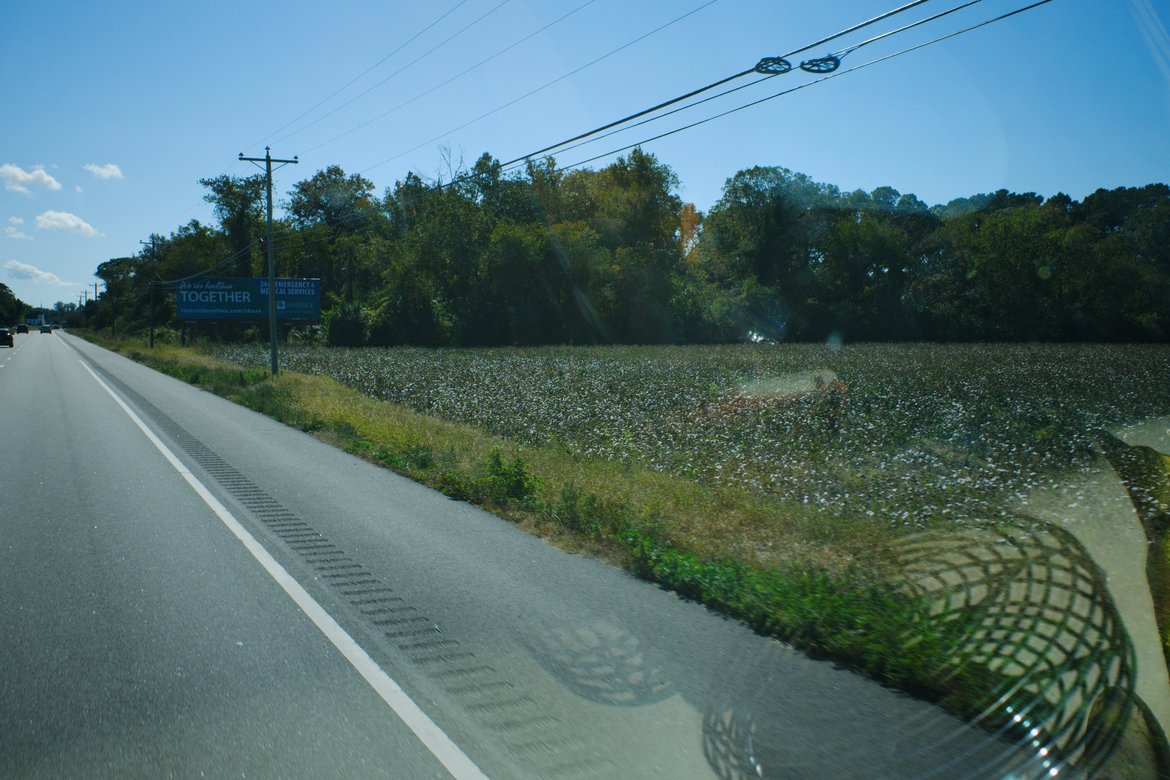
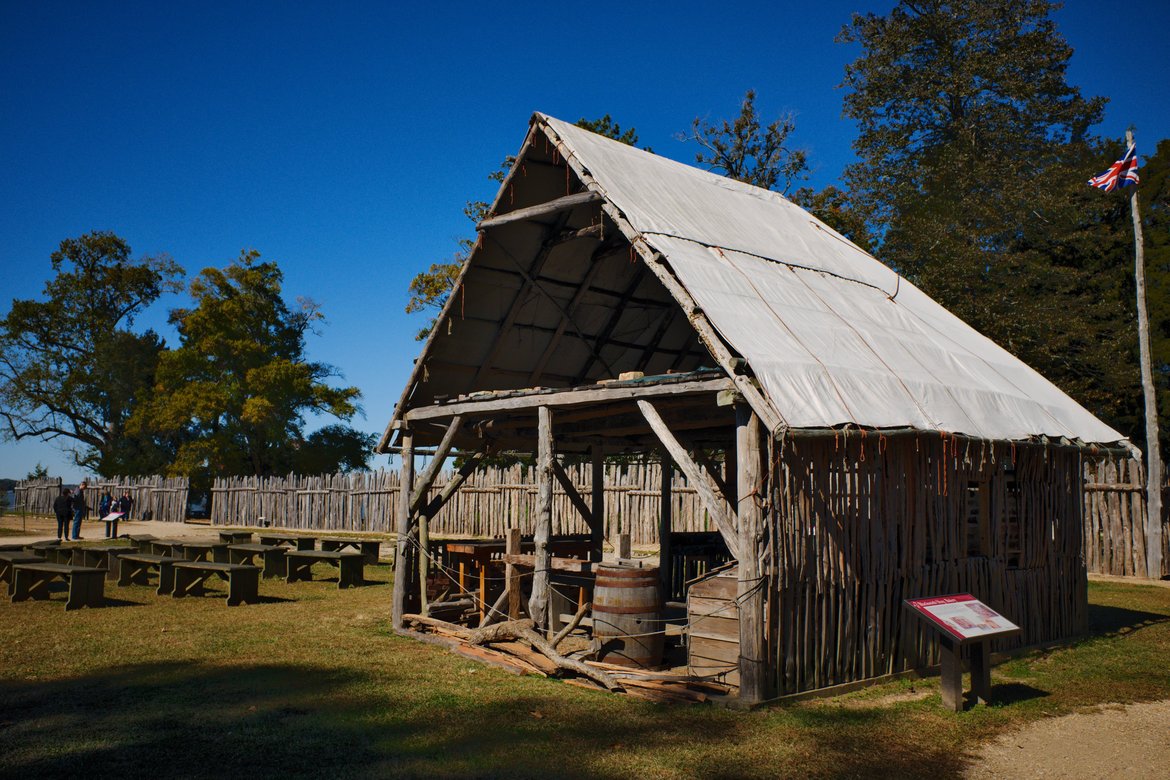
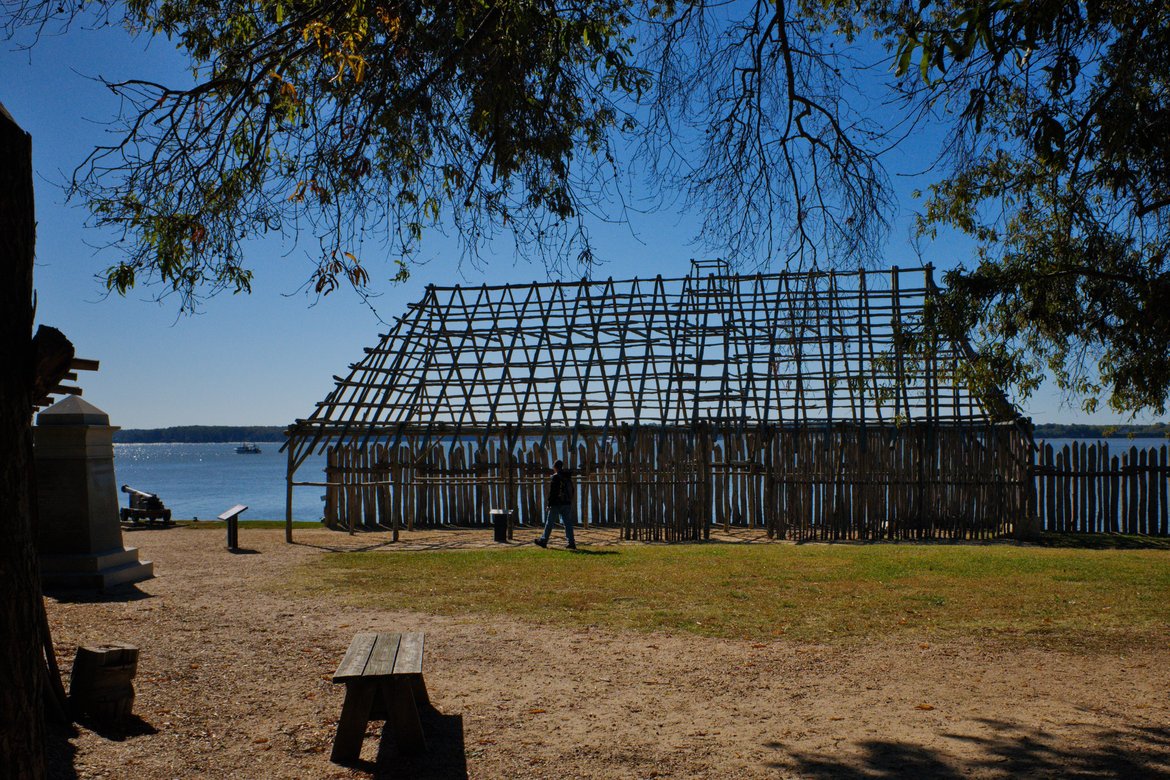

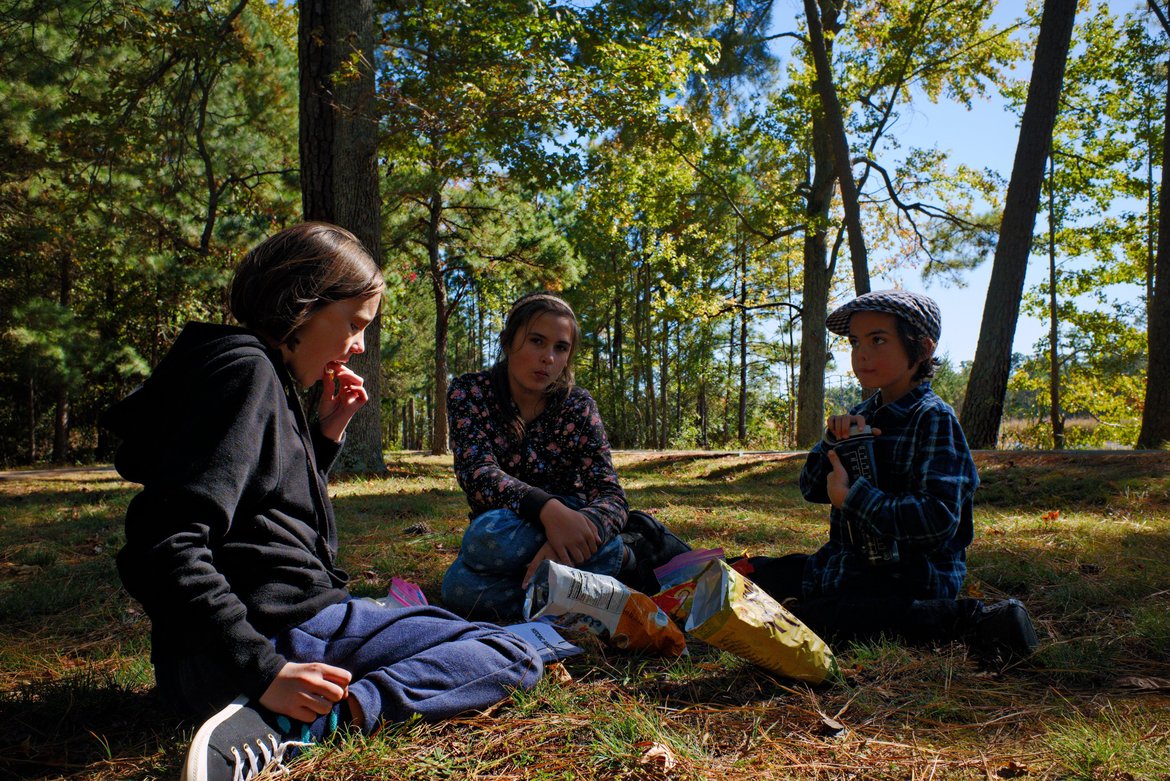
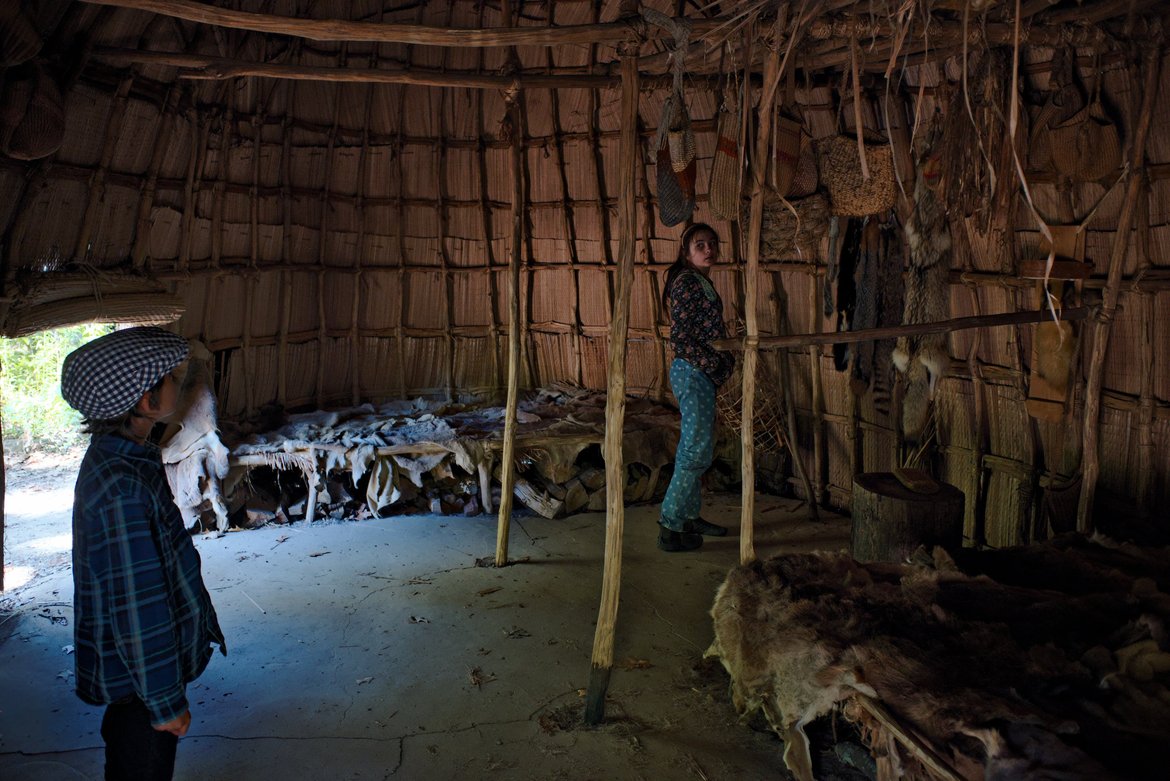
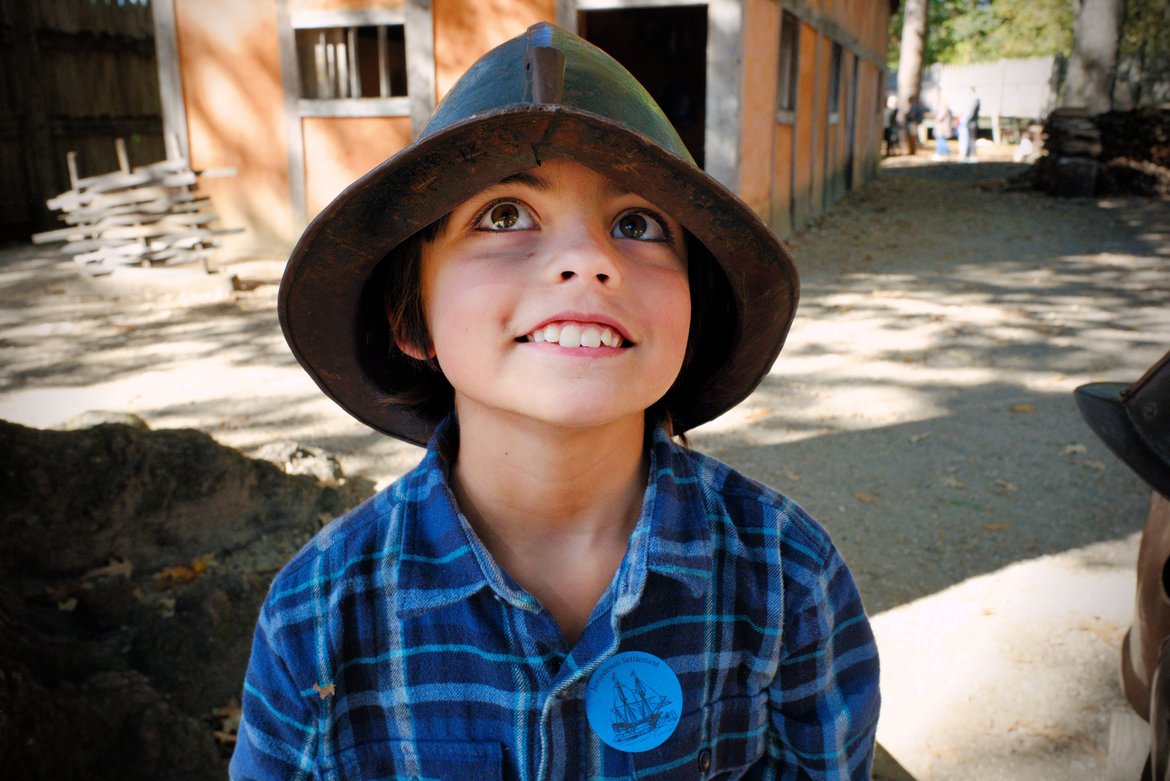
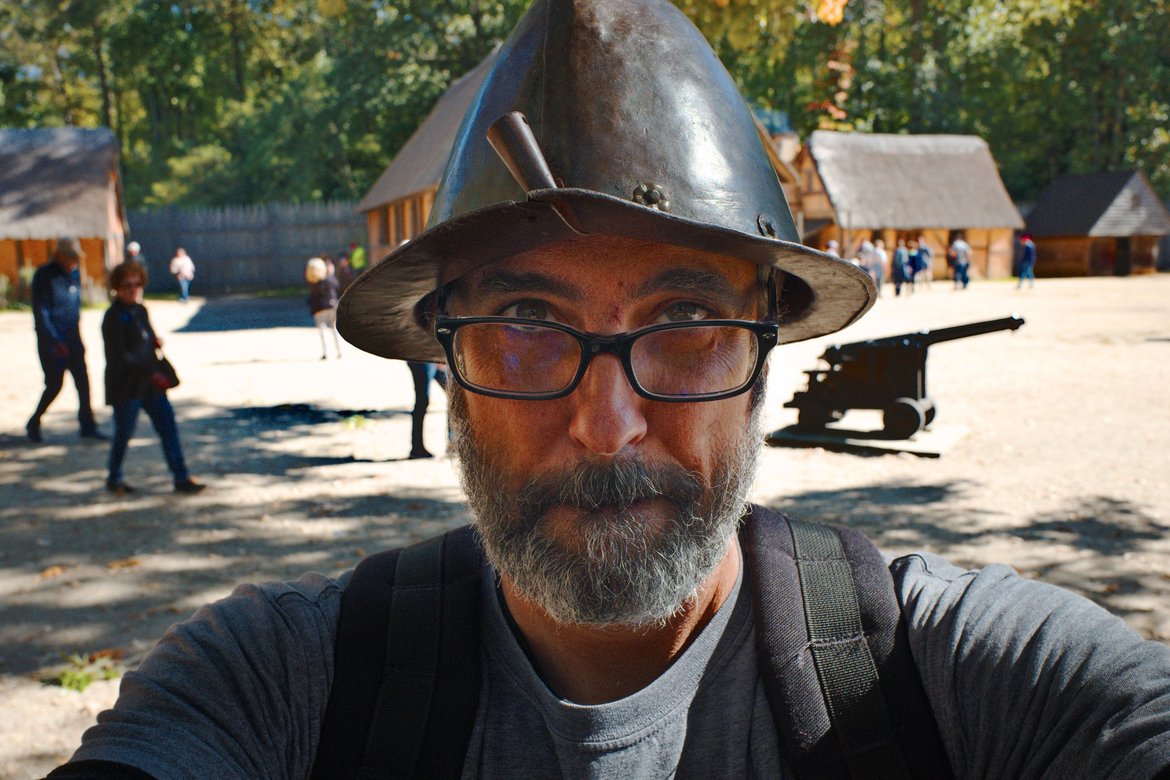

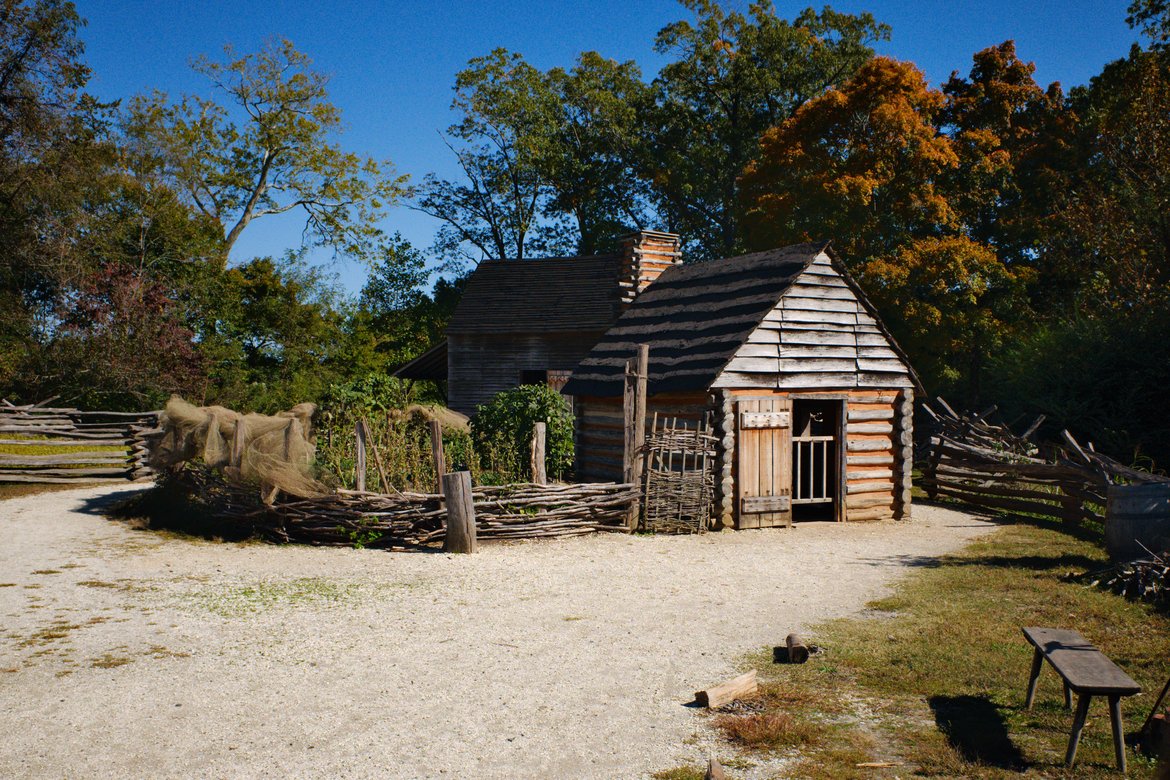
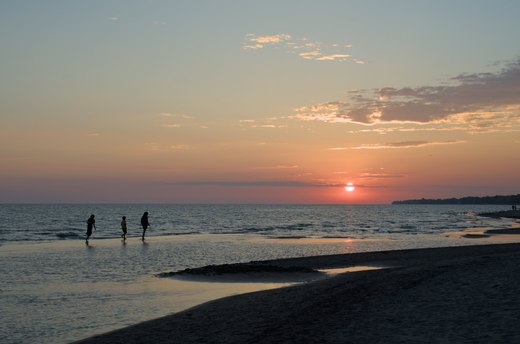
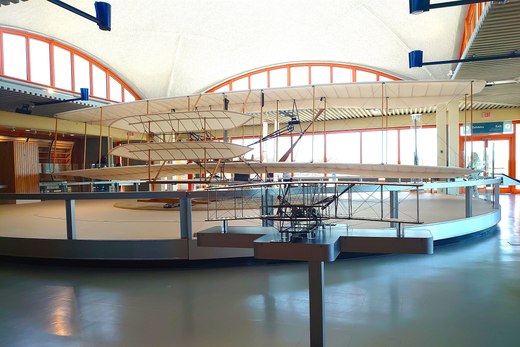
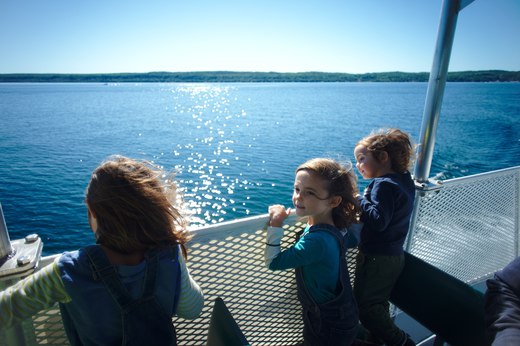

Thoughts?
Please leave a reply:
All comments are moderated, so you won’t see it right away. And please remember Kurt Vonnegut's rule: “god damn it, you’ve got to be kind.” You can use Markdown or HTML to format your comments. The allowed tags are
<b>, <i>, <em>, <strong>, <a>. To create a new paragraph hit return twice.